


«When I’m anxious, I gorge on sweets!»
Is it familiar?
When you are not feeling well, you are unlikely to choose a tuna salad. The desire is not usually to satisfy hunger. Instead, people often choose sweet and starchy foods: a cinnamon roll, a chocolate bar, or a large portion of pasta.
Why?
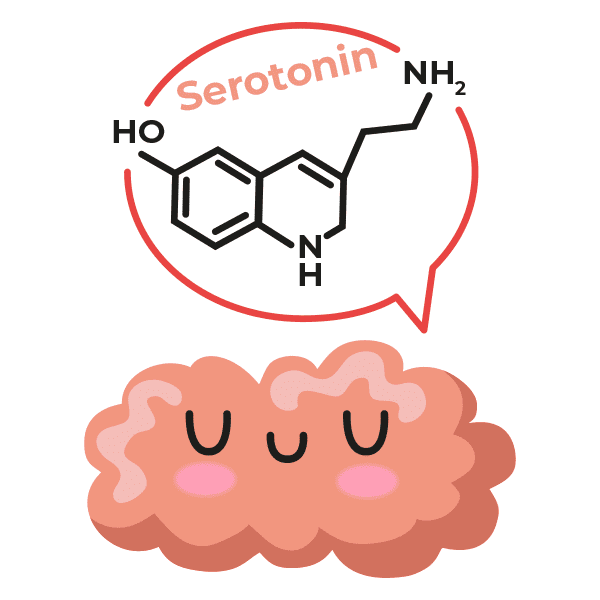
Serotonin sends signals to the nervous system and affects mood, sleep, appetite, and learning ability. When the level of this hormone normalizes, there is usually a feeling of enthusiasm, calmness, and desire to live. Serotonin also reduces appetite.
For all this to happen, additional substances and their correct interaction are needed. Serotonin is produced by B6 and folate (B9) from tryptophan, an essential amino acid.
It takes a burst of insulin to activate it. Therefore, in moments of sadness, we are drawn to simple, fast carbohydrates such as sugar.
1. Tryptophan: Animal offal, pumpkin seeds, hard cheese, soybeans, flaxseeds, sesame seeds, shelled sunflower seeds, pistachios, chicken, tuna, mussels, liver, eggs, chia seeds.
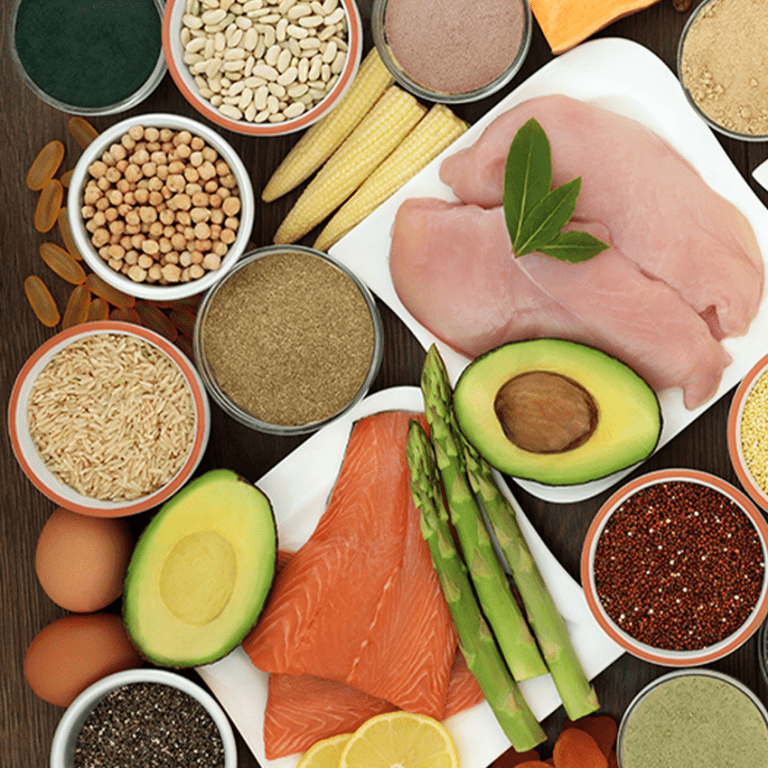
2. Vitamin B3: peanuts, liver, rabbit, salmon fish, turkey, pork, mushrooms, brown rice, sesame seeds, millet.
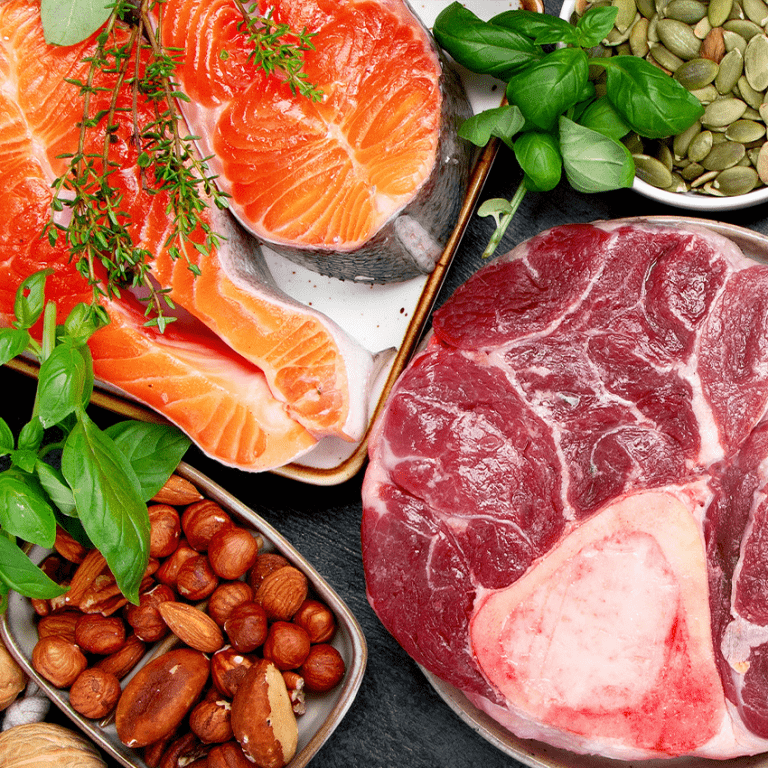
3. Folic acid (B9): quinoa, cod liver, kale, broccoli, beans, spinach, chickpeas, cauliflower, asparagus.
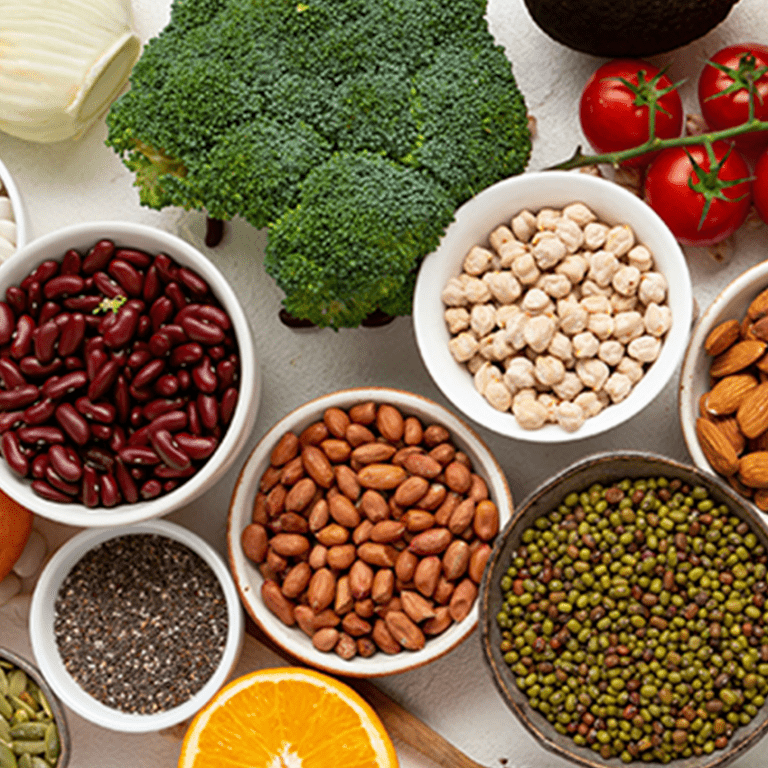
4. Useful fast carbohydrates for a surge in insulin: cereals with fruits, seasoned with oil; dried fruits with nuts; baked root vegetables.
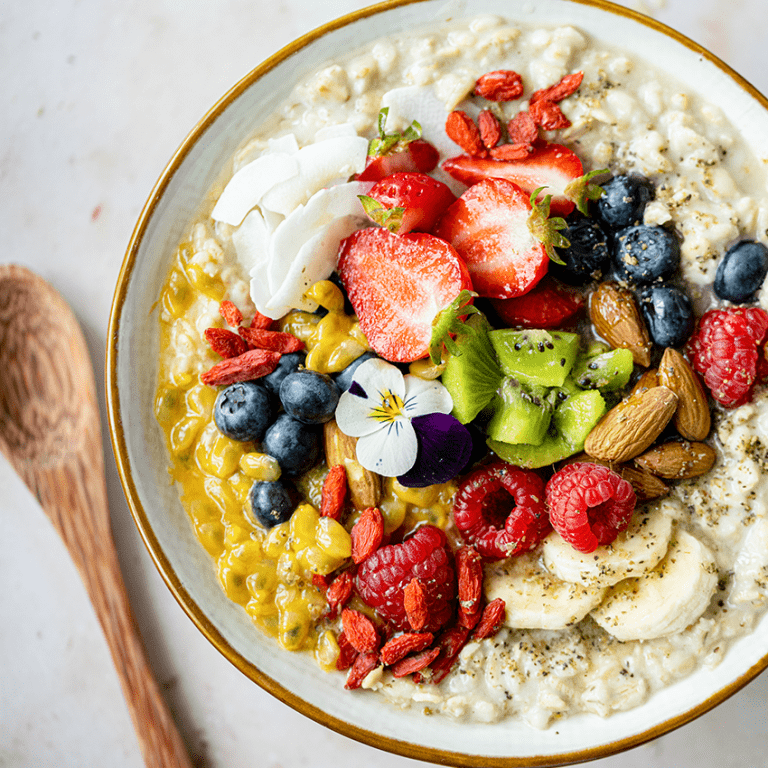
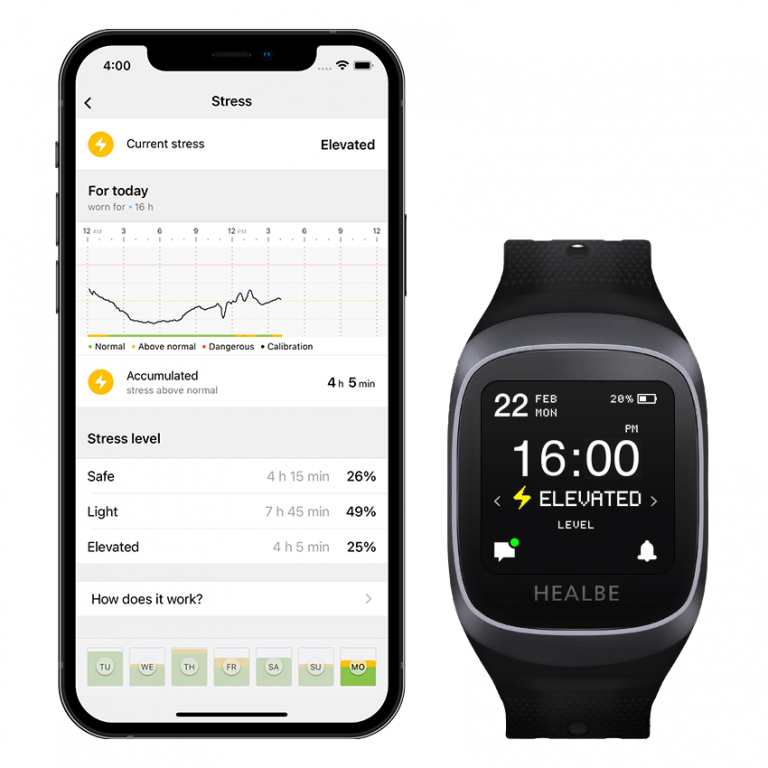
Replenish your stocks of these foods and this will help to cope with sadness without consequences for the figure.
Was this helpful?
Please note that HEALBE GoBe is not responsible for any content that purports to give medical advice or advice regarding fitness training, exercise, or diet. Always seek the advice of a physician or other qualified health provider with any questions you may have regarding a medical condition and prior to starting a diet or physical fitness program.